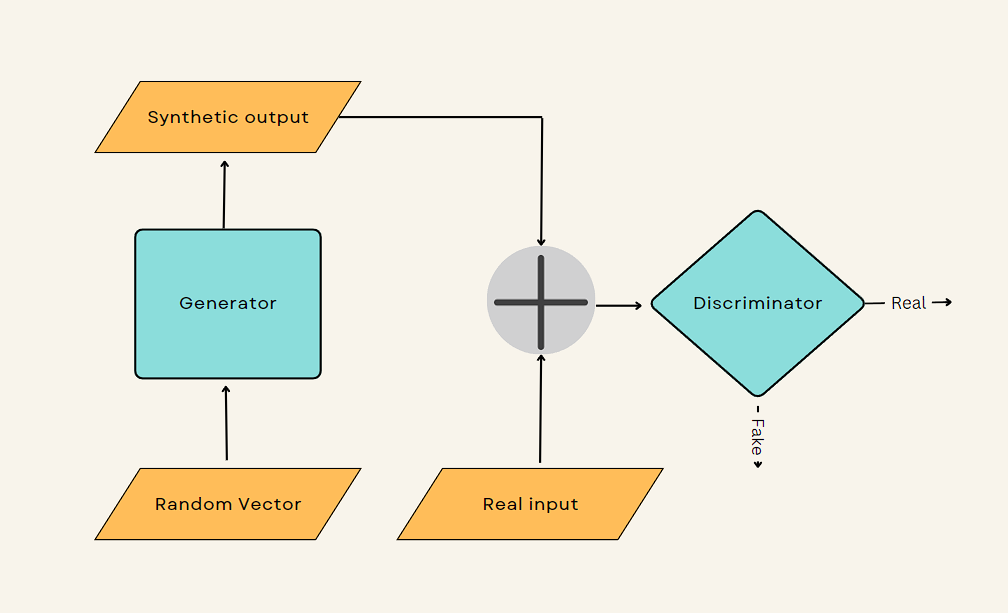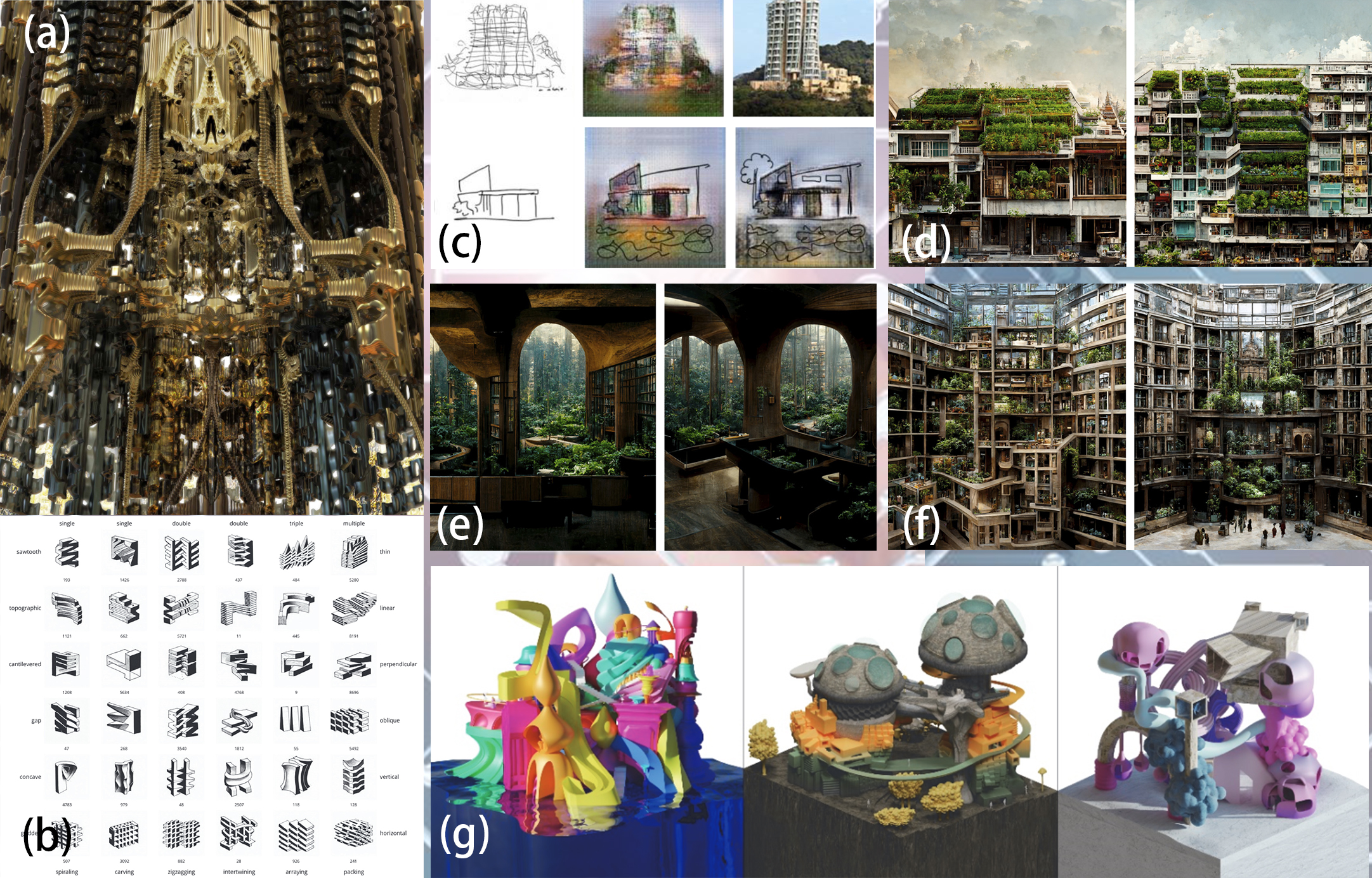Generative AI in Industrial Machine Vision -- A Review

0

Sign in to get full access
Overview
- Summarizes a paper on the use of generative AI in industrial machine vision
- Covers the key concepts, technical details, and critical analysis of the research
- Provides a plain English explanation of the paper's content and significance
Plain English Explanation
The paper discusses the application of generative artificial intelligence techniques in industrial machine vision. Machine vision is the use of cameras and computer software to automate visual inspection and quality control tasks in manufacturing and other industrial settings.
The researchers explore how generative AI models can be used to enhance and improve industrial machine vision systems. Generative AI refers to AI models that can create new data, such as images or text, rather than just analyzing existing data.
The paper explains how generative AI can be used to generate synthetic training data for machine vision models, augment real-world datasets, and even create entirely new inspection tasks. This can help overcome challenges like data scarcity and improve the performance and robustness of industrial machine vision systems.
The technical details cover the architectures and training approaches used for these generative AI models in the industrial machine vision context. The researchers also provide a critical analysis of the current state of the research and identify areas for future work.
Technical Explanation
The paper begins by introducing the use of generative AI techniques in industrial machine vision applications. The researchers highlight how generative AI models can be leveraged to address common challenges in this domain, such as limited training data and the need for more flexible and adaptable vision systems.
The paper then delves into the technical details of several generative AI architectures and their application to industrial machine vision tasks. This includes variational autoencoders for generating synthetic training data, generative adversarial networks for data augmentation, and diffusion models for creating new inspection tasks.
The researchers also discuss the integration of these generative AI models with traditional computer vision techniques, such as feature extraction and classification, to create more robust and adaptable industrial machine vision systems.
Critical Analysis
The paper acknowledges several caveats and limitations of the current research in this area. For example, the researchers note that the performance of generative AI models can be sensitive to the quality and diversity of the training data, which may be a challenge in some industrial settings.
Additionally, the paper highlights the need for further research to understand the robustness and reliability of these generative AI-powered machine vision systems in real-world industrial environments, where factors like lighting, occlusion, and sensor degradation can introduce additional complexities.
The researchers also suggest that future work should explore the interpretability and explainability of these generative AI models, to ensure that industrial decision-makers can trust and understand the reasoning behind the system's outputs.
Conclusion
This paper provides a comprehensive overview of the use of generative artificial intelligence in industrial machine vision applications. It demonstrates how these powerful AI techniques can be leveraged to enhance the performance, flexibility, and robustness of machine vision systems used in manufacturing, quality control, and other industrial settings.
The technical details and critical analysis offer valuable insights for researchers and practitioners working at the intersection of generative AI and industrial machine vision. As the field continues to evolve, the insights and future research directions outlined in this paper can help guide the development of more advanced and impactful industrial vision systems.
This summary was produced with help from an AI and may contain inaccuracies - check out the links to read the original source documents!
Related Papers


0
Generative AI in Industrial Machine Vision -- A Review
Hans Aoyang Zhou, Dominik Wolfschlager, Constantinos Florides, Jonas Werheid, Hannes Behnen, Jan-Henrick Woltersmann, Tiago C. Pinto, Marco Kemmerling, Anas Abdelrazeq, Robert H. Schmitt
Machine vision enhances automation, quality control, and operational efficiency in industrial applications by enabling machines to interpret and act on visual data. While traditional computer vision algorithms and approaches remain widely utilized, machine learning has become pivotal in current research activities. In particular, generative AI demonstrates promising potential by improving pattern recognition capabilities, through data augmentation, increasing image resolution, and identifying anomalies for quality control. However, the application of generative AI in machine vision is still in its early stages due to challenges in data diversity, computational requirements, and the necessity for robust validation methods. A comprehensive literature review is essential to understand the current state of generative AI in industrial machine vision, focusing on recent advancements, applications, and research trends. Thus, a literature review based on the PRISMA guidelines was conducted, analyzing over 1,200 papers on generative AI in industrial machine vision. Our findings reveal various patterns in current research, with the primary use of generative AI being data augmentation, for machine vision tasks such as classification and object detection. Furthermore, we gather a collection of application challenges together with data requirements to enable a successful application of generative AI in industrial machine vision. This overview aims to provide researchers with insights into the different areas and applications within current research, highlighting significant advancements and identifying opportunities for future work.
Read more8/22/2024


0
Generative Artificial Intelligence: A Systematic Review and Applications
Sandeep Singh Sengar, Affan Bin Hasan, Sanjay Kumar, Fiona Carroll
In recent years, the study of artificial intelligence (AI) has undergone a paradigm shift. This has been propelled by the groundbreaking capabilities of generative models both in supervised and unsupervised learning scenarios. Generative AI has shown state-of-the-art performance in solving perplexing real-world conundrums in fields such as image translation, medical diagnostics, textual imagery fusion, natural language processing, and beyond. This paper documents the systematic review and analysis of recent advancements and techniques in Generative AI with a detailed discussion of their applications including application-specific models. Indeed, the major impact that generative AI has made to date, has been in language generation with the development of large language models, in the field of image translation and several other interdisciplinary applications of generative AI. Moreover, the primary contribution of this paper lies in its coherent synthesis of the latest advancements in these areas, seamlessly weaving together contemporary breakthroughs in the field. Particularly, how it shares an exploration of the future trajectory for generative AI. In conclusion, the paper ends with a discussion of Responsible AI principles, and the necessary ethical considerations for the sustainability and growth of these generative models.
Read more5/21/2024


0
Generative AI for Architectural Design: A Literature Review
Chengyuan Li, Tianyu Zhang, Xusheng Du, Ye Zhang, Haoran Xie
Generative Artificial Intelligence (AI) has pioneered new methodological paradigms in architectural design, significantly expanding the innovative potential and efficiency of the design process. This paper explores the extensive applications of generative AI technologies in architectural design, a trend that has benefited from the rapid development of deep generative models. This article provides a comprehensive review of the basic principles of generative AI and large-scale models and highlights the applications in the generation of 2D images, videos, and 3D models. In addition, by reviewing the latest literature from 2020, this paper scrutinizes the impact of generative AI technologies at different stages of architectural design, from generating initial architectural 3D forms to producing final architectural imagery. The marked trend of research growth indicates an increasing inclination within the architectural design community towards embracing generative AI, thereby catalyzing a shared enthusiasm for research. These research cases and methodologies have not only proven to enhance efficiency and innovation significantly but have also posed challenges to the conventional boundaries of architectural creativity. Finally, we point out new directions for design innovation and articulate fresh trajectories for applying generative AI in the architectural domain. This article provides the first comprehensive literature review about generative AI for architectural design, and we believe this work can facilitate more research work on this significant topic in architecture.
Read more4/3/2024

0
Generative AI for Visualization: State of the Art and Future Directions
Yilin Ye, Jianing Hao, Yihan Hou, Zhan Wang, Shishi Xiao, Yuyu Luo, Wei Zeng
Generative AI (GenAI) has witnessed remarkable progress in recent years and demonstrated impressive performance in various generation tasks in different domains such as computer vision and computational design. Many researchers have attempted to integrate GenAI into visualization framework, leveraging the superior generative capacity for different operations. Concurrently, recent major breakthroughs in GenAI like diffusion model and large language model have also drastically increase the potential of GenAI4VIS. From a technical perspective, this paper looks back on previous visualization studies leveraging GenAI and discusses the challenges and opportunities for future research. Specifically, we cover the applications of different types of GenAI methods including sequence, tabular, spatial and graph generation techniques for different tasks of visualization which we summarize into four major stages: data enhancement, visual mapping generation, stylization and interaction. For each specific visualization sub-task, we illustrate the typical data and concrete GenAI algorithms, aiming to provide in-depth understanding of the state-of-the-art GenAI4VIS techniques and their limitations. Furthermore, based on the survey, we discuss three major aspects of challenges and research opportunities including evaluation, dataset, and the gap between end-to-end GenAI and generative algorithms. By summarizing different generation algorithms, their current applications and limitations, this paper endeavors to provide useful insights for future GenAI4VIS research.
Read more4/30/2024